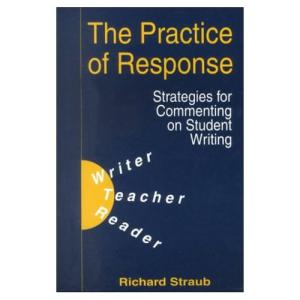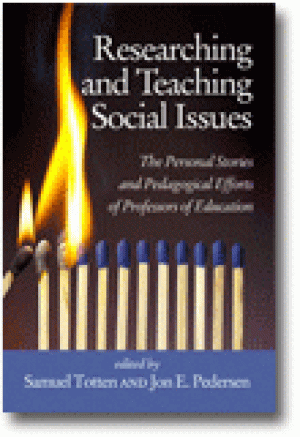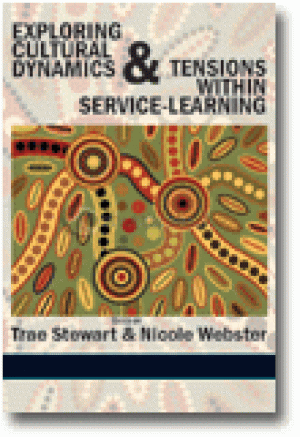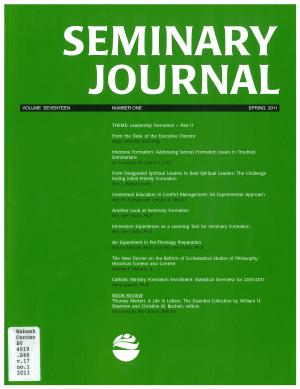Resources
Several charts and graphs are presented regarding undergraduate education in the U.S. including a graph on marital status of students, a pie chart on part-time student enrollment, and a table which lists percentages for students attending community, public, and private colleges.

This book sets out to help teachers gain a practical understanding of response to student writing---essentially, by examining sample comments by knowledgeable teachers. It displays and analyzes over 30 sets of comments from a variety of settings, by a variety of teachers, all of them informed by composition studies. It defines the strategies these teachers put into practice. And it situates teacher repines in the larger context of writing instruction. (From the Publisher)

Metaphors We Teach By helps teachers reflect on how the metaphors they use to think about education shape what happens in their classrooms and in their schools. Teaching and learning will differ in classrooms whose teachers think of students as plants to be nurtured from those who consider them as clay to be molded. Students will be assessed differently if teachers think of assessment as a blessing and as justice instead of as measurement. This volume examines dozens of such metaphors related to teaching and teachers, learning and learners, curriculum, assessment, gender, and matters of spirituality and faith. The book challenges teachers to embrace metaphors that fit their worldview and will improve teaching and learning in their classrooms. (From the Publisher)

Leadership is an activity that not only manifests itself in formal positions, but also bubbles up in various places within an organization. Perhaps given the importance of leadership to any endeavor, the literature on this topic has burgeoned. Yet among these titles, Learning to Lead stands out as one of the best texts available on leadership for college and university administrators. Critical skills such as managing people, resolving conflict, and making rational (and legal) decisions are explored within the context of the campus. The book also addresses the needs of those who facilitate leadership workshops, serve as mentors to potential leaders, and teach courses on higher education leadership and administration. While presenting all sides of key issues, the author calls for the reader to define his or her own position through a series of provocative reflection questions in each chapter. Thus the book invites interaction and teaches administrators not what to think about leadership, but how to think about it. (From the Publisher)

Researching and Teaching Social Issues: The Personal Stories and Pedagogical Efforts of Professors of Education is comprised of original personal essays in which notable teacher educators delineate the genesis and evolution of their thought and work vis-a-vis the teaching of social issues. In relating their personal stories, the authors were asked to discuss among other issues those individuals and/or scholarly works that have most influenced them and how, their own aspirations in the field, the frustrations they have faced, their perceptions of the field, their major contributions, and their current endeavors. Our goal was that each and every story be as informative, instructive, and engaging as possible. We believe that readers will be thoroughly engaged as they read the stories of these individuals—stories that are inspiring, filled with passion, and reflective in nature. We also believe that readers will gain unique pedagogical insights into the field and ample food for thought. The individuals selected for inclusion in the book dedicated a great amount of time, thought, energy, and commitment to creating powerful and pedagogically sound ways to teach about social and/or controversial issues. Many have done so for well over forty years, and have been among the strongest advocates vis-à-vis the place social issues have in the extant curriculum and beyond. (From the Publisher)

Service-learning is an exciting pedagogy and field of study, offering insight into how academic study and community engagement blend to create social change. In its most traditional conceptualization, servicelearning activities typically manifest within communities where outside individuals address a need. Service learning is purported to have a transforming effect on individual student perspectives by providing students the opportunity to interact with people and enter into situations that allow students to test their predisposition towards others. However, the literature on the impact of service-learning on participants' acceptance of diversity and development of open-mindedness reports mixed outcomes. The purpose of this book is to explore cultural tensions and dynamics within the field of service-learning. It is not meant to be an exhaustive review of the interplay between culture and service learning, but rather a starting point for an ongoing conversation about how this complex topic impacts the field. In 18 chapters, educators, students, and administrators investigate the cultural values of service-learning itself and the tensions created when this is at odds with the values of others within K-12 and higher education in the United States and abroad. Authors include community organization representatives, researchers, directors of offices of community engagement, university administrators, junior and senior faculty, and former service-learning undergraduate students. Submissions reflect a range of genres, including theoretical / conceptual pieces, position papers, case studies, and other traditional academic essays, challenging how students and community members are affected by the cultural tensions within service-learning engagement. (From the Publisher)
Student evaluations of teaching are a common fixture at American law schools, but they harbor surprising biases. Extensive psychology research demonstrates that these assessments respond overwhelmingly to a professor’s appearance and nonverbal behavior; ratings based on just thirty seconds of silent videotape correlate strongly with end-of-semester evaluations. The nonverbal behaviors that influence teaching evaluations are rooted in physiology, culture, and habit, allowing characteristics like race and gender to affect evaluations. The current process of gathering evaluations, moreover, allows social stereotypes to filter students’ perceptions, increasing risks of bias. These distortions are inevitable products of the intuitive, “system one” cognitive processes that the present process taps. The cure for these biases requires schools to design new student evaluation systems, such as ones based on facilitated group discussion, that enable more reflective, deliberative judgments. This article draws upon research in cognitive decision making, both to present the compelling case for reforming the current system of evaluating classroom performance and to illuminate the cognitive processes that underlie many facets of the legal system.
Informal student evaluations of faculty were started in the 1960's by enterprising college students.(1) Since then, their use has spread so that now they are administered in almost all American colleges and universities and are probably the main source of information used for evaluating faculty teaching performance.(2) There is an enormous literature on the subject of student evaluations of faculty (SEF).(3) The following is a summary of some developments in that literature that should be of special interest to faculty, with particular emphasis on criticisms of SEF that have emerged recently. But I begin with the arguments in favor of the use of SEF.

Journal Issue.